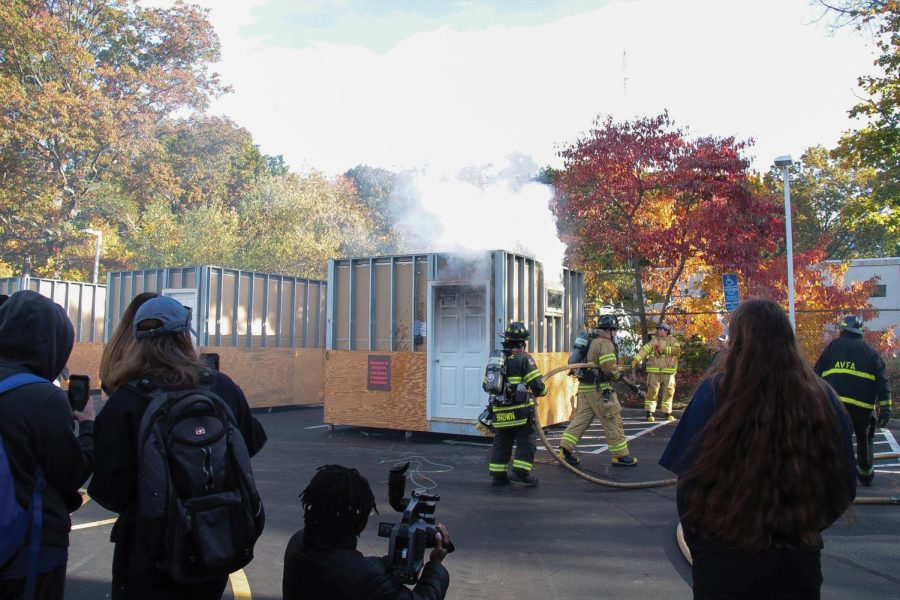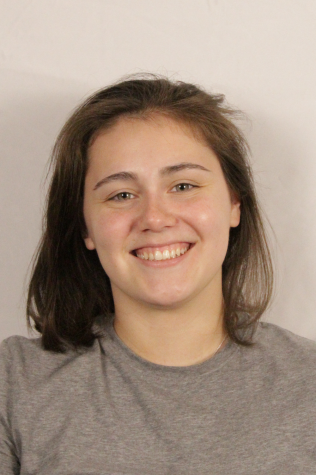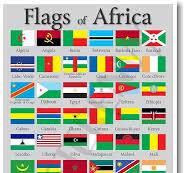Fire science blazes path to new educational opportunities
Photo courtesy of Charger Bulletin/Andrea Rojas.
Fire science students put out a fire in one of their burn cells, West Haven, Oct. 28, 2022.
On Friday, the Fire Science department, in an educational program, set fire to three rooms, something they haven’t done in over a decade. This event was pioneered by Bruce Varga, the head of the Fire Investigation and Arson Program within the Fire Science and Emergency Management Department of the Henry C. Lee College of Criminal Justice and Forensic Sciences.
The rooms that were set ablaze are called “burn cells,” and are mock-ups of different kinds of rooms, being a living room, a bedroom and a kitchen area, respectively. After the rooms are burned, students are able to get hands-on experience investigating fire scenes.
However, the scenes that have been previously used have grown tired, and after 14 years the university replaced them with three new burn cells. Not only do the new burn cells provide an opportunity for fresh scenes for students to investigate, but they are also updated to better reflect real world situations.
According to Robert Healey, a senior lecturer in the fire science department, “Research has shown us that fires used to be what we call fuel-limited, and now they’re called vent-limited, and they burn different because of the fuel patterns, because of the materials in the furniture in our homes. It’s now synthetics versus naturals.” Fuel- and vent-limited are terms that refer to what factors influence the growth of a fire.
Because of the change in the types of fibers that are more common in homes, there are differences in how fire affects the synthetic materials compared to the natural materials. With the new rooms reflecting this real-world change, students will be better prepared to investigate these situations when they enter the working world. When it comes to synthetic materials, Healey said, “the research has told us that fires burn a little bit different. They burn a little bit faster…so we’re going to be able to recreate that today where we did not necessarily have that before.”
The burning of the new cells took place early Friday morning behind North Campus Hall after extensive preparations. On-site were fire science department faculty, students, facilities staff and volunteer firefighters, many of whom are currently students.
Associate Professor of Chemistry Chong Qiuwas present with chemistry students Friday morning as well. The unique opportunity not only provided educational opportunities for fire science students, but also provided an opportunity for chemistry students to acquire and study air quality measurements from the rooms both before and after the fires, something that would not have been possible without these new rooms being set up for fire science students.








